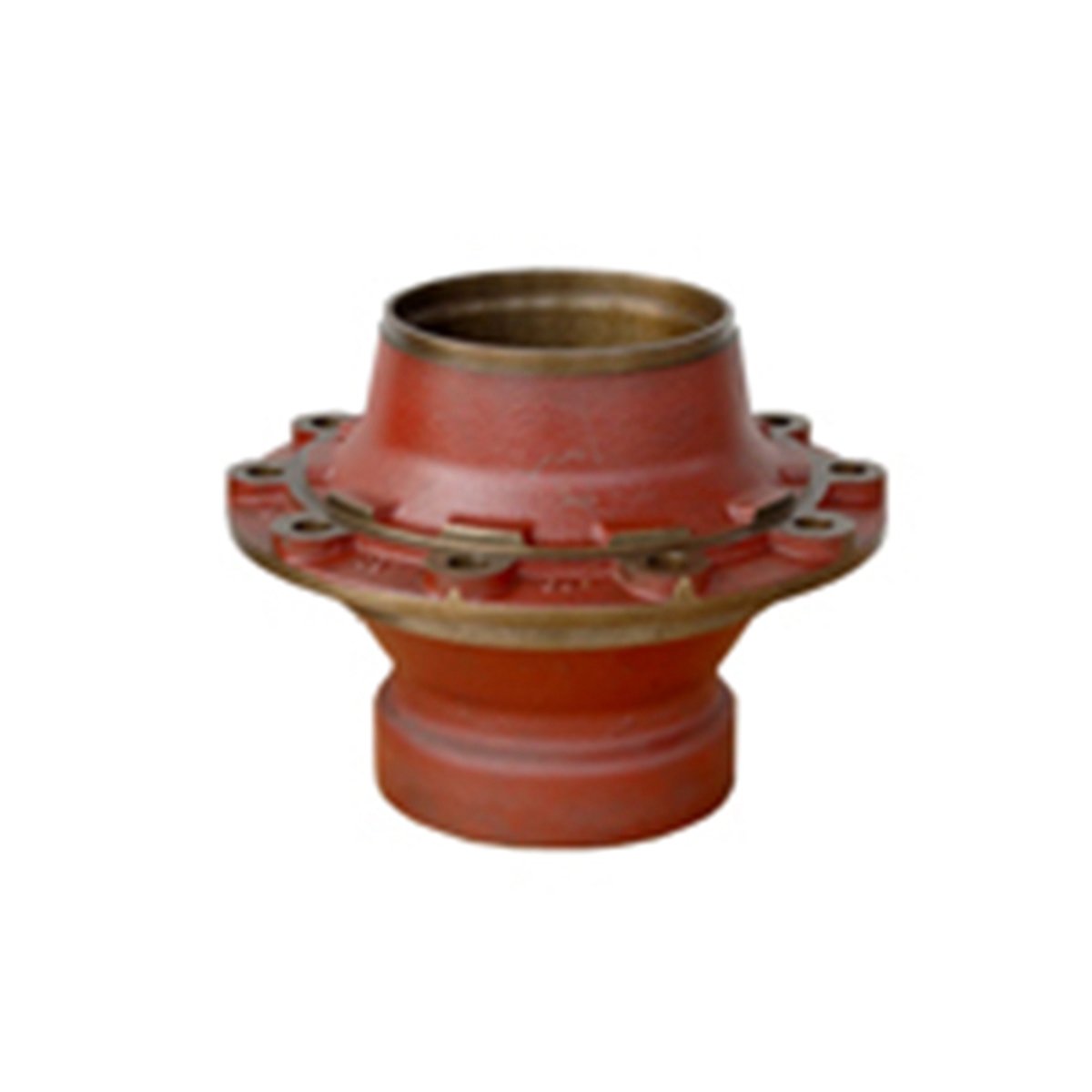
Here are the materials commonly used for sand casting molds, explained:
Base Sand (The Bulk Material):
Silica Sand (SiO₂): The most widely used and economical base material. It has good refractoriness (resistance to high temperatures), availability, and low cost. Grain size and shape significantly impact mold permeability and surface finish.
Chromite Sand (FeCr₂O₄): Used for its high thermal conductivity (cools metal faster), high chilling power, and excellent resistance to metal penetration. Often used in facing sands for heavy sections or problematic alloys.
Zircon Sand (ZrSiO₄): Offers very high refractoriness, low thermal expansion (reducing veining defects), high density, and excellent surface finish. More expensive, often used in facing sands for critical castings or high-melting-point alloys.
Olivine Sand ((Mg,Fe)₂SiO₄): Has good thermal stability (low expansion), high heat absorption, and is chemically inert (reducing reactions with certain alloys like manganese steel). A silica-free alternative.
Alumina Sand / Mullite (Al₂O₃ / 3Al₂O₃·2SiO₂): High refractoriness and thermal stability. Used for specialized, high-temperature applications.
Ceramic Beads/Spheres: Engineered sands offering high flowability and specific thermal properties, used in specialized processes like the Replicast® process.
Binders (Hold the sand grains together):
Clay-Based Binders:
Bentonite Clay: The most common binder for “green sand” molds. Primarily sodium or calcium bentonite. It develops bonding strength when activated with water.
Chemical Binders (Used for “No-Bake” or “Cold-Box” molds/cores):
Furan Resins: Acid-catalyzed (e.g., phosphoric acid), fast curing, good strength.
Phenolic Urethane Resins: Two-part systems (Part I: phenolic resin; Part II: polyisocyanate) cured with amine vapor. Very strong, good shakeout.
Sodium Silicate (CO₂ Process): Liquid silicate hardened by gassing with CO₂.
Sodium Silicate (Ester Cured): Liquid silicate cured with organic esters.
Phenolic Resins (Ester Cured): Similar to silicate/ester but uses phenolic resin.
Alkyd Resins: Oil-modified, typically peroxide-cured.
Epoxy Resins: Less common, used for specific applications.
Thermal Binders:
Resin Coated Sand (Shell Process): Sand grains pre-coated with phenolic or furan resin. Heated in a pattern to cure a thin shell mold/core. Excellent surface finish and dimensional accuracy.
Additives (Modify mold properties):
Water: Essential activator for clay binders (green sand).
Coal Dust (Seacoal): Added to green sand to improve surface finish by creating a reducing atmosphere at the mold/metal interface, reducing burn-on and oxidation.
Cereals (e.g., Corn Flour, Dextrin): Improve green strength and toughness of green sand molds. Act as “bond boosters”.
Sawdust / Wood Flour: Increase permeability and collapsibility (ease of sand breakdown after casting) in green sand, especially for large cores.
Iron Oxide (Fe₂O₃ / Fe₃O₄): Increases hot strength and surface hardness of the mold, helps prevent veining and metal penetration.
Silica Flour (Pulverized Silica): Increases mold surface density and hot strength, improving surface finish but reducing permeability.
Perlite / Vermiculite: Improve collapsibility and reduce sand expansion defects.
Catalysts & Cross-linkers: Specific to chemical binder systems (e.g., acids for furan, amines for urethane, esters for silicate/phenolic, peroxides for alkyd).
Mold Coatings (Applied to mold cavity surface):
Refractory Coatings: Slurries applied to the mold surface to improve surface finish, prevent metal penetration, reduce erosion, and facilitate metal flow. Common bases include:
Zircon Flour: Excellent refractoriness and finish.
Graphite: Good lubricity and reducing atmosphere.
Silica Flour: Economical.
Alumina: High refractoriness.
Chromite Flour: High chilling power.
Magnesite: For basic slags.
Carriers & Binders: Water or alcohol carriers, with binders like clay, sodium silicate, or organic resins to adhere the coating to the sand.
Parting Compounds:
Dry powders (e.g., talc, calcium carbonate, mica) or liquids sprayed onto patterns and mold surfaces to prevent sticking during mold assembly and pattern withdrawal.
In summary: The core material is base sand (like silica, chromite, zircon). This sand is held together by a binder (clay for green sand, or chemical resins like furan/phenolic urethane for no-bake/core processes). Additives (water, coal dust, cereals, etc.) are mixed in to tailor properties like strength, permeability, and collapsibility. Coatings are applied to the mold cavity surface for enhanced performance, and parting compounds aid in mold handling. The specific combination depends heavily on the casting alloy, size, complexity, and required quality.





